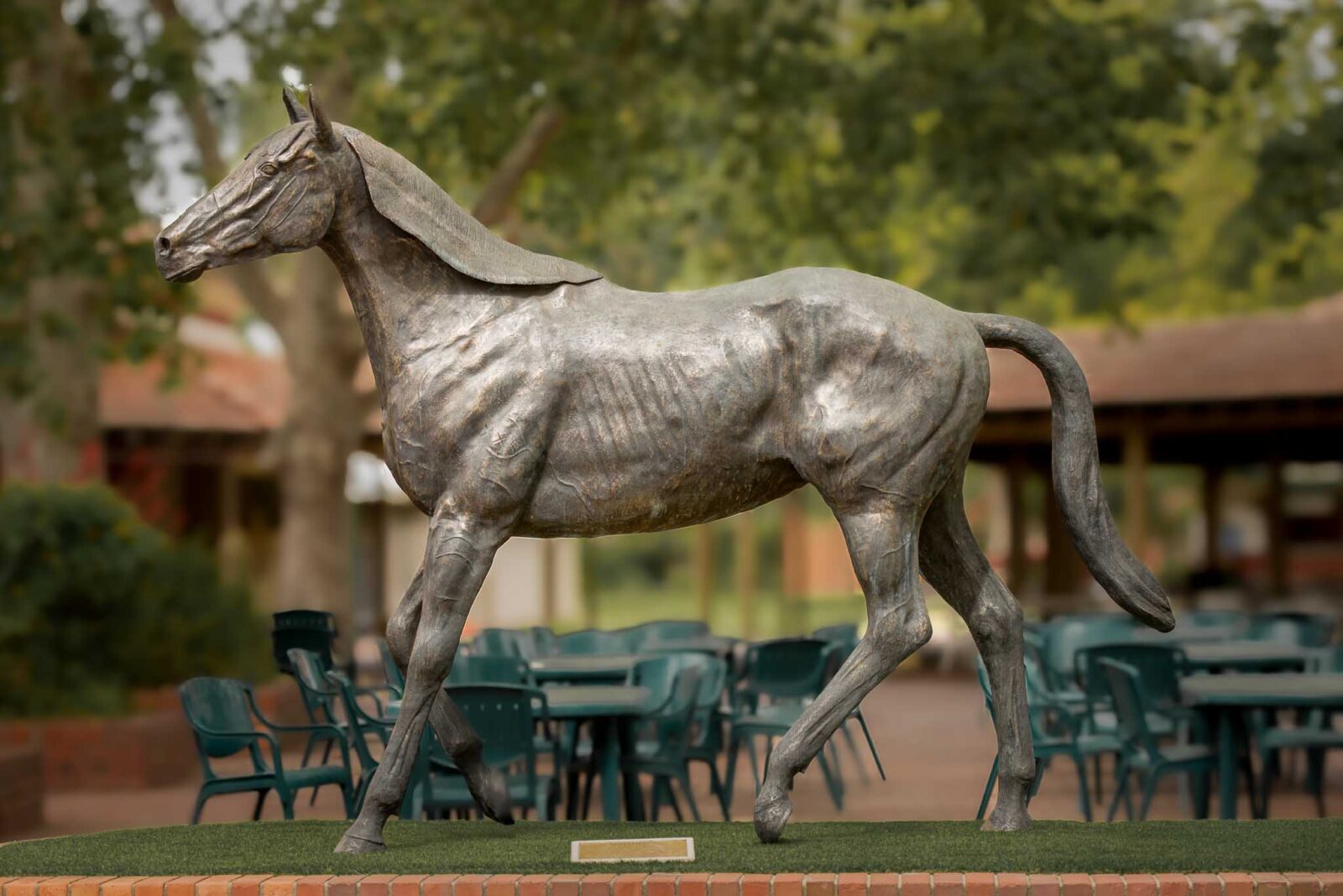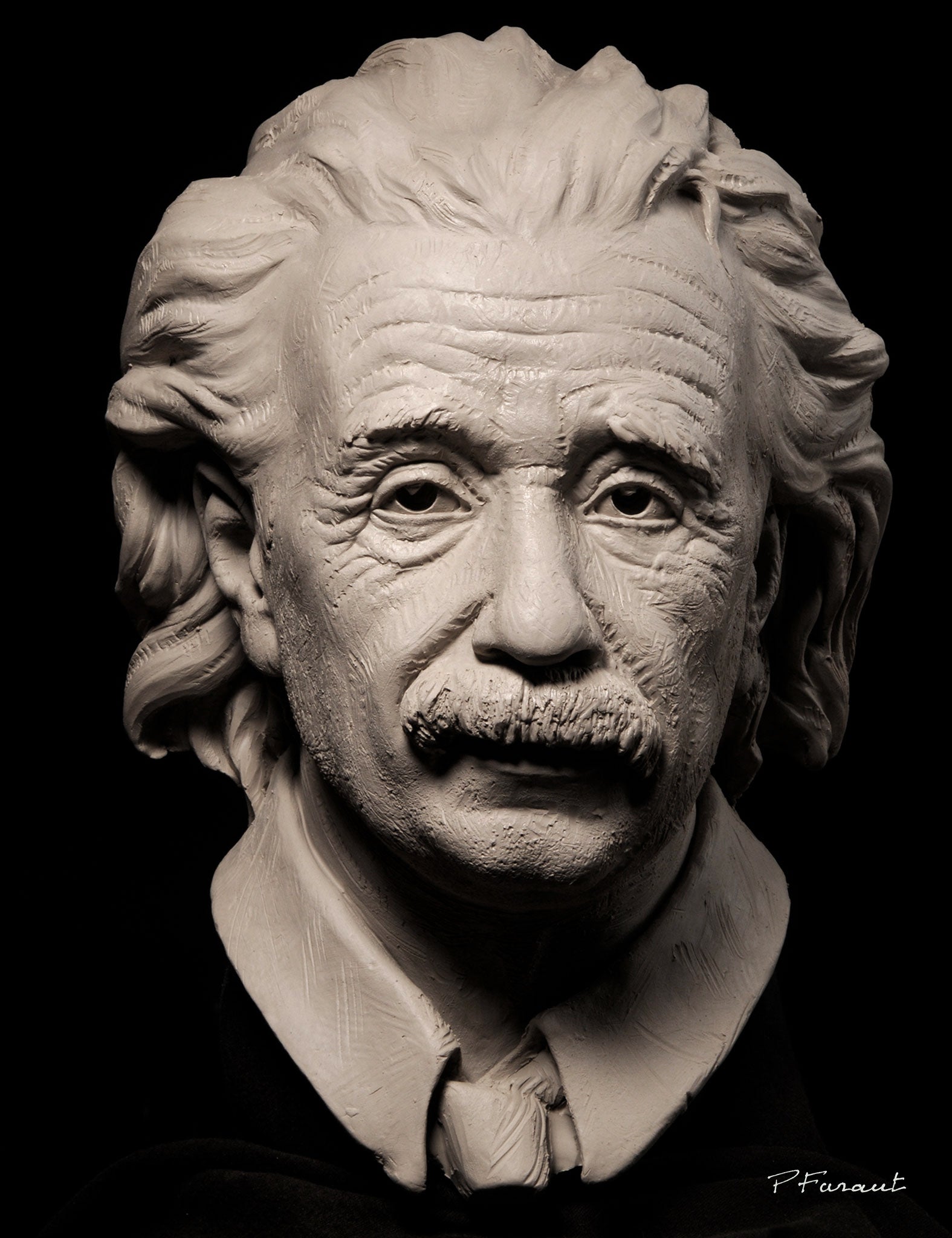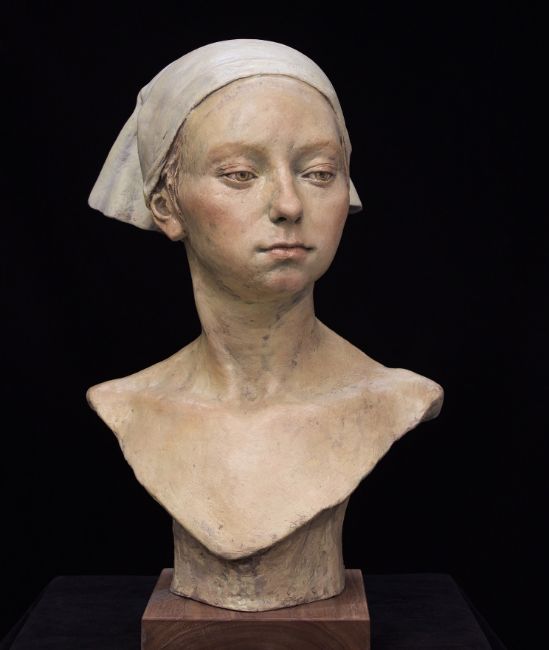The Development of Sculptures: From Ancient to Modern
The Advancement of Sculptures: From Ancient to Modern.
Sculpture, among the earliest types of art, has actually been an indispensable part of human people for millennia (Robert C Hitchcock Sculptor). From the ancient people of Egypt and Greece to the contemporary age, sculptures have actually progressed, showing modifications in creative methods, materials, and cultural impacts. This trip via time traces the growth of sculptures, discovering the changes in style, subject, and creative expression
Beginning with the ancient globe, sculptures crafted from rock and later on bronze captured the essence of divine beings, leaders, and day-to-day life. The Renaissance duration saw a resurgence of classical sculpting techniques, as musicians looked for to imitate the stylish forms of old Greek and Roman sculptures. In the modern-day era, musicians challenged traditional limits, accepting abstraction and trial and error with brand-new materials.

This expedition will explore the varied advancement of sculptures, exposing the abundant tapestry of artistic expression throughout different periods and cultures.
Old Sculptures: From Stone to Bronze
Old sculptures transitioned from being sculpted out of rock to being cast in bronze. This shift noted a considerable evolution in the art of sculpture, permitting higher improvement and detail in the ended up works. Rock sculptures, while outstanding in their very own right, were limited by the nature of the product. Stone needed comprehensive sculpting and shaping, typically resulting in a more simplified depiction of the topic.
The intro of bronze as a medium for sculptures brought about a change in artistic expression. Bronze provided artists the opportunity to create complex and natural kinds that were not feasible with stone. The process of casting bronze permitted the production of numerous copies of a sculpture, allowing broader circulation and preservation of these artistic masterpieces.
The shift from stone to bronze likewise saw a change in the topic of sculptures. While rock sculptures mostly portrayed gods, goddesses, and mythical numbers, bronze sculptures started to reflect a wider series of topics, consisting of everyday people and animals. This expansion of subject showcased the adaptability and flexibility of the bronze tool.
Renaissance Rebirth: Forming in the Timeless Design
The Renaissance rebirth of sculpture observed a resurgence in the classical design, structure upon the developments made during the transition from stone to bronze in old sculptures. Throughout this period, artists sought to recreate the classical aesthetic and ideals of beauty that prevailed in ancient Greek and Roman sculptures.
One of the key characteristics of the Renaissance rebirth was the focus on naturalism and the human type. Sculptors like Donatello and Michelangelo make every effort to catch the anatomical information and expressions of their topics with unmatched precision. They researched the human body and included their observations into their sculptures, causing realistic and realistic representations.
An additional crucial aspect of the Renaissance rebirth was the expedition of perspective and deepness. Artists made use of methods such as contrapposto, where the weight of the body is shifted away, creating a feeling of movement and dynamism. They additionally explore various materials, consisting of marble and bronze, to accomplish a degree of elegance and intricacy in their sculptures.
The classic design of the Renaissance rebirth had an extensive influence on later durations of art, working as a structure for the growth of Western sculpture. It brought a renewed appreciation for the appeal and splendour of the human kind, and its legacy can still be seen in contemporary sculptures today.
Innovation and the Avant-Garde: Breaking Standard Boundaries

Among the vital features of modernist sculpture was the focus on abstraction. Artists relocated far from sensible representations and instead focused on capturing the significance of the topic with simplified types and geometric shapes. This departure from traditional depiction enabled artists to express their feelings and concepts in a much more subjective and personal fashion.
Furthermore, the progressive motion challenged social standards and conventions, motivating artists to experiment and press the limits of their art - Bronze Sculptures. Sculptors started integrating non-traditional materials such as located items, industrial products, and even natural components into their job. This exploration of new products and techniques not only broadened the possibilities for sculpture but likewise tested the conventional concepts of what could be thought about art
Contemporary Sculptures: Discovering New Materials and Concepts
With a concentrate on exploring brand-new materials and concepts, contemporary sculptures have actually reinvented the field of art. Artists today are pressing the limits of standard sculpture by experimenting and making use of innovative products with abstract concepts. These sculptures test standard concepts of materiality, type, and meaning, inviting visitors to take part in a brand-new and provocative imaginative experience.
Contemporary sculptors are accepting a large range of materials, consisting of plastic, glass, steel, and even raw material. Bronze Sculptures. They are not restricted to the typical tool of rock or clay, permitting higher freedom of speech and experimentation. This shift towards unique products has opened up new possibilities for artists to produce sculptures that are vibrant, interactive, and aesthetically striking
Along with exploring new materials, contemporary sculptures likewise look into facility and abstract principles. Musicians are currently discovering motifs such as identity, social issues, and the environment, using sculpture as an effective tool for social commentary and introspection. These sculptures test visitors to assume seriously and involve with art on a deeper level, stimulating conversations and provoking emotional actions.
International Impacts: Sculptural Practices From All Over The World

In old Egypt, sculptures were developed largely for funerary and spiritual objectives. The legendary sculptures of gods and pharaohs, such as the Great Sphinx and the breast of Queen Nefertiti, display the Egyptians' mastery of stone carving and their belief in the immortality.
In old Greece, sculpture reached its optimal throughout the classic period. Influenced by the perfects of charm, proportion, and harmony, Greek sculptures highlighted the human form and commemorated the success of heroes, professional athletes, and gods. The renowned sculptures of Aphrodite of Knidos and the Discobolus exemplify the Greeks' quest of perfection in sculptural art.
In old Rome, sculpture offered both imaginative and political purposes. Portrait Sculptor. Roman sculptures often portrayed emperors, generals, and mythical numbers, reflecting the power and magnificence of the realm. The marble statue of Augustus of Prima Porta and the huge Arc of Constantine are noteworthy instances of Roman sculptural accomplishments
Asian sculptural practices, especially in India, China, and Japan, have also had an extensive influence on the advancement of sculptures. Indian sculptures, such as the elaborately sculpted temples of Khajuraho and the enormous statues of Buddha, show a rich blend of religious, mythical, and architectural aspects. Chinese sculptures, identified by their fine workmanship and attention to information, often portray divine beings, animals, and epic figures. Japanese sculptures, influenced by Buddhism, stress simplicity and harmony, seen in the serene sculptures of Buddha and the classy art of bonsai.
The international influences on sculpture continue to progress in the modern period. Musicians today draw inspiration from different sculptural traditions, integrating brand-new products, techniques, and principles to create provocative and cutting-edge art work. The blend of different cultural influences has provided increase to a varied and vibrant sculptural landscape, mirroring the interconnectedness of our international culture. As we look to the future, it is certain that the global influences on sculpture will continue to shape and redefine this ancient art form.
Conclusion
In verdict, the evolution of sculptures has actually seen a shift from ancient rock and bronze functions to the timeless rebirth throughout the Renaissance. This was complied with by the breaking of conventional limits through modernism and the progressive activity. Today, modern sculptures check out brand-new products and ideas, while also drawing ideas from international sculptural customs. The journey of sculptures reflects the ever-changing imaginative expressions and social influences throughout history.
From the ancient human beings of Egypt and Greece to the modern era, sculptures have progressed, mirroring adjustments in artistic techniques, materials, and cultural impacts.Starting with the old world, sculptures crafted from rock and later on bronze caught the essence of divine beings, leaders, and daily life.Old sculptures transitioned from being sculpted out of rock to being cast in bronze. While rock sculptures primarily illustrated gods, sirens, and mythical numbers, bronze sculptures started to show a more comprehensive variety of topics, consisting of daily individuals and animals.In final thought, the development of sculptures has seen a shift from ancient rock and bronze functions to the timeless rebirth throughout the Renaissance.